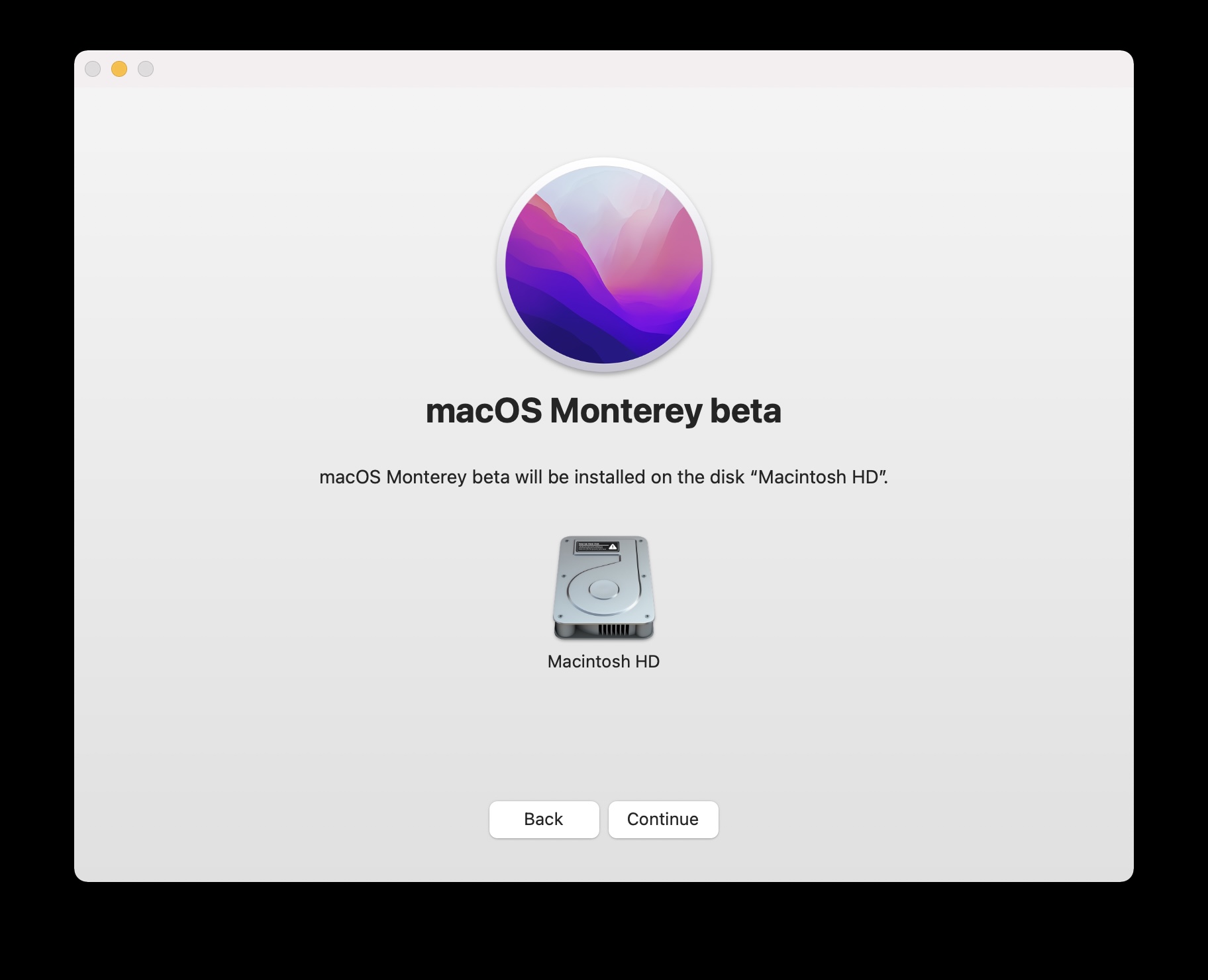
- WHEN DID MACOS MONTEREY COME OUT HOW TO
- WHEN DID MACOS MONTEREY COME OUT INSTALL
- WHEN DID MACOS MONTEREY COME OUT UPDATE
- WHEN DID MACOS MONTEREY COME OUT DRIVER
- WHEN DID MACOS MONTEREY COME OUT PATCH
You won't lose anything by waiting.īest on Apple Silicon, Still Excellent on Intel

Even with the vast number of beta testers who tried out Monterey, some obscure problem always slips through.
WHEN DID MACOS MONTEREY COME OUT UPDATE
Thinking of Upgrading? There's No HurryĪs with every new macOS release, cautious users will wait a few weeks until at least the first point release update before upgrading any system used for work.
WHEN DID MACOS MONTEREY COME OUT INSTALL
There's a lot to like in this new version of macOS, but that doesn't mean you need to rush to install it, however. If your Mac supports Monterey, and you're running an earlier version, the System Preferences app will prompt you to upgrade to the new version. To cut immediately to the chase, Monterey is a stable, secure upgrade that adds convenience and sharing features that almost every Mac owner will want. This follows four months of Monterey being available as a public beta and comes sooner than most of us expected.
WHEN DID MACOS MONTEREY COME OUT HOW TO

It was an out-of-bounds read issue that could have led to the disclosure of kernel memory.Īnd back in January, Cupertino fixed CVE-2022-22586, a remote code execution (RCE) vulnerability which existed in the IOBuffer component of iOS and pre-Catalina versions of macOS.
WHEN DID MACOS MONTEREY COME OUT DRIVER
If Apple think it’s so serious that they need to go public, then if you haven’t already installed iOS 15.6.1, you need to go and do it right now.”Īpple has patched multiple other zero-days this year, including other issues related to kernel security – CVE-2022-22674, fixed in April, was an Intel Graphics Driver vulnerability patched in macOS Monterey. Higgins added: “The big risk in publicising a major vulnerability is that now every cyber criminal on the planet knows it exists and Apple users are in a race to update their devices before they can be infected. It’s very rare for them to go public like this, which means everyone should take this threat seriously and update as soon as they are able.” “Apple usually rely on software updates to keep their platforms safe and hope that any bugs go largely unnoticed between releases. “Sometimes platform providers release functions that are so dangerous they need to be fixed immediately to protect applications and devices, and that appears to be the case here,” he said. Unlike Microsoft, Apple does not adhere to any specific schedule for disclosing vulnerabilities or publishing fixes for them, but Comparitech’s Brian Higgins said the fact that Apple had taken the step of issuing an advisory for the two zero-days made them highly impactful. The relevant patches update macOS Monterey to version 12.5.1, iOS and iPadOS to version 15.6.1, and Safari to version 15.6.1 for macOS Big Sur and macOS Catalina. Users can check their update status and download patches through Apple Menu – About this Mac – Software Update on a Mac, or Settings – General – Software Update on an iPhone or iPad. Kernel vulnerabilities are among some of the most dangerous security issues that a device can face, and so these patches should be prioritised for deployment by organisations running Apple estates.Ĭonsumer users will also be at risk of compromise, but should bear in mind that Apple devices can and do take such updates automatically so they may already have applied the patches. In layman’s terms, this could give them total control of the device.ĬVE-2022-32894 enables a threat actor to use a malicious application to execute arbitrary code with kernel privileges, with the end effect again being to gain control of the target device. Successfully exploited, CVE-2022-32893 enables a threat actor to achieve arbitrary code execution if the targeted user visits a maliciously crafted website.
WHEN DID MACOS MONTEREY COME OUT PATCH
Apple said it was aware of reports that both vulnerabilities may already have been actively exploited in the wild – making the need to patch more urgent. Both are out-of-bounds write issues that affect the Safari WebKit web browser extension, and the OS kernel, respectively.


 0 kommentar(er)
0 kommentar(er)
